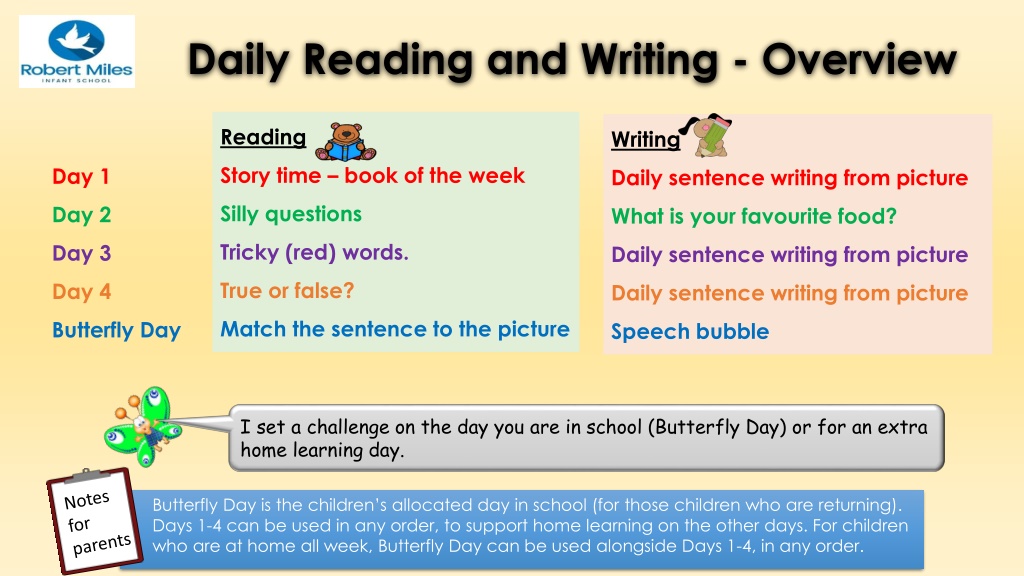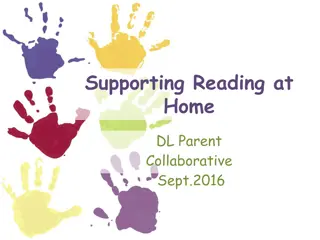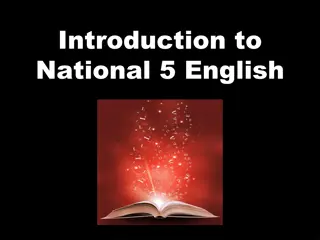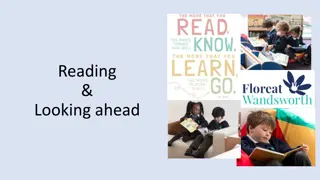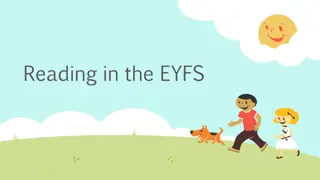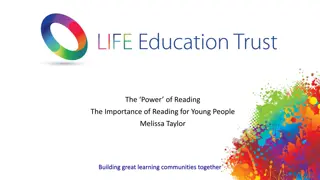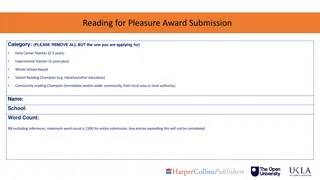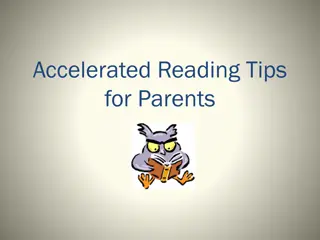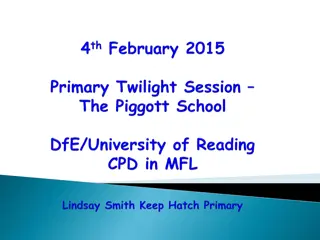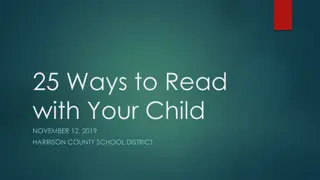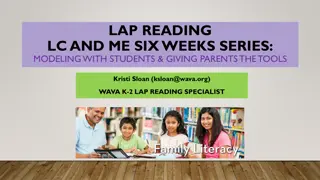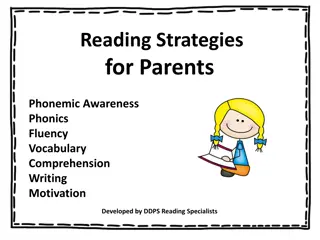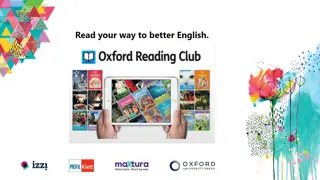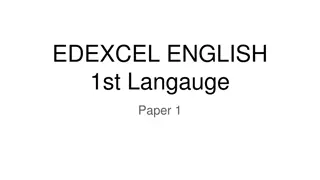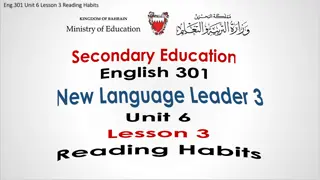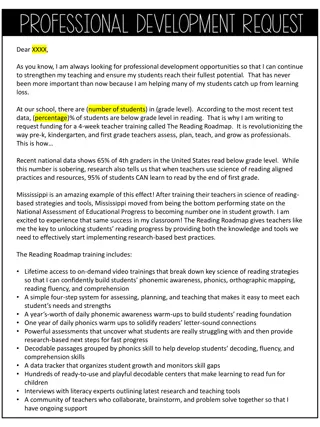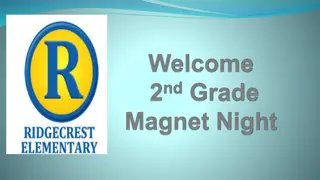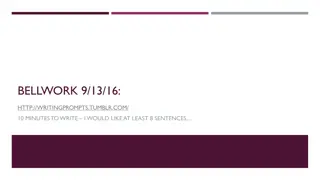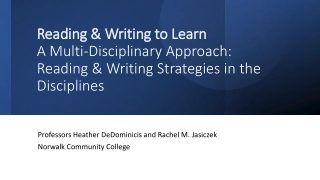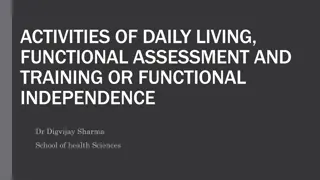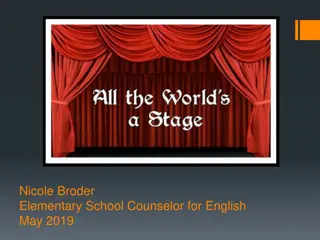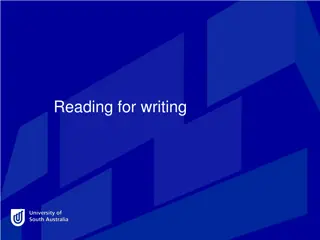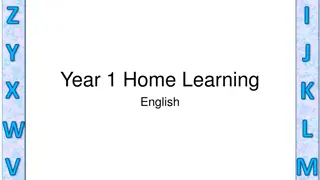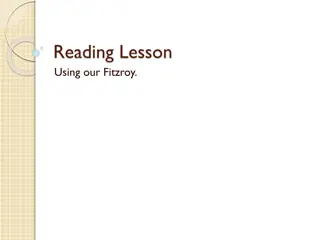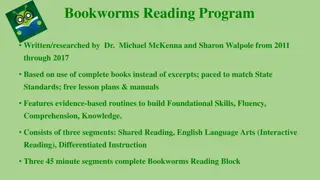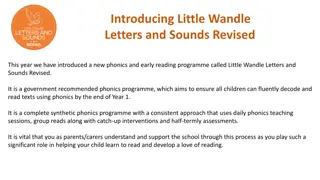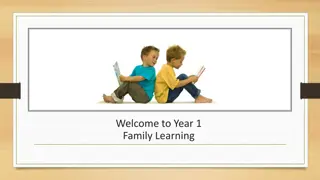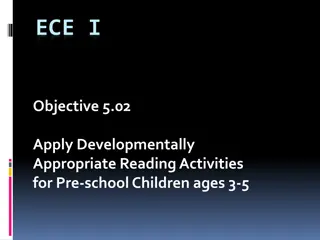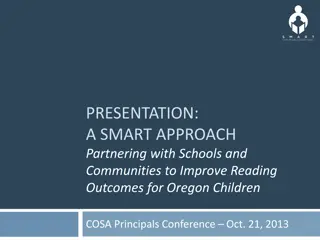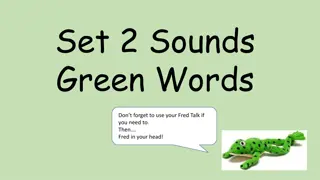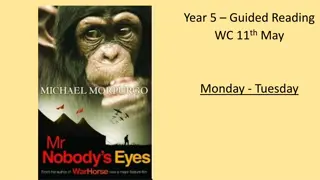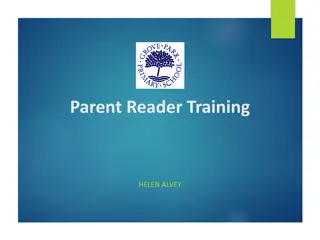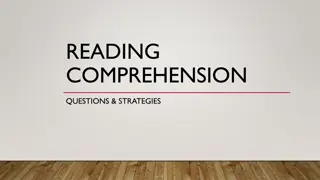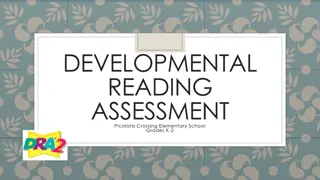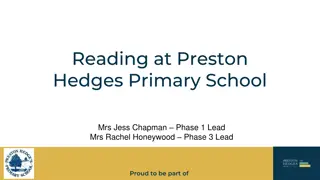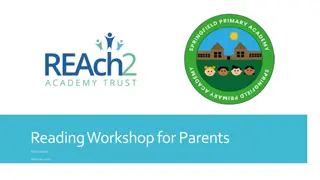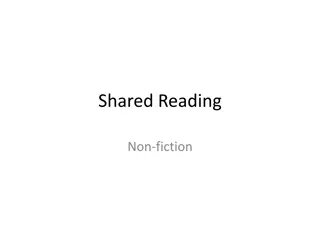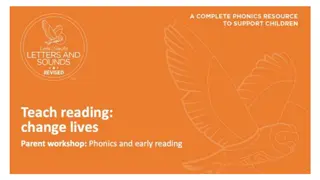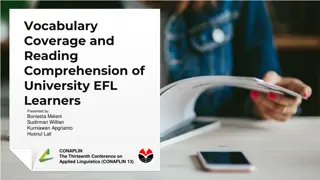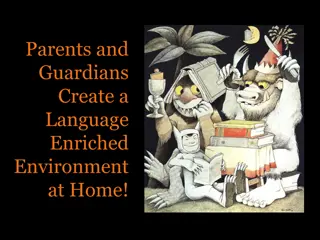Daily Reading and Writing Activities for Children
Engage your children with fun daily reading and writing exercises to enhance their comprehension and language skills. From reading popular stories to writing sentences and answering silly questions, these activities are designed to support home learning in an interactive way. Explore different themes each day, including favorite foods, picture writing, and comprehension tasks. Utilize Butterfly Day for an extra challenge or adapt the activities to suit your child's schedule.
Download Presentation

Please find below an Image/Link to download the presentation.
The content on the website is provided AS IS for your information and personal use only. It may not be sold, licensed, or shared on other websites without obtaining consent from the author. Download presentation by click this link. If you encounter any issues during the download, it is possible that the publisher has removed the file from their server.
E N D
Presentation Transcript
Daily Reading and Writing - Overview Reading Writing Story time book of the week Day 1 Daily sentence writing from picture Silly questions Day 2 What is your favourite food? Tricky (red) words. Day 3 Daily sentence writing from picture True or false? Day 4 Daily sentence writing from picture Match the sentence to the picture Butterfly Day Speech bubble I set a challenge on the day you are in school (Butterfly Day) or for an extra home learning day. Butterfly Day is the children s allocated day in school (for those children who are returning). Days 1-4 can be used in any order, to support home learning on the other days. For children who are at home all week, Butterfly Day can be used alongside Days 1-4, in any order.
Day 1 Reading Read Jack and the Beanstalk. If you don t have a copy of the story at home you can use one of the links below. https://www.youtube.com/watch?v=W5rxfLRgXRE or https://www.youtube.com/watch?v=uvoJmMW-Wbo (slightly shorter version).
Day 1 Writing . ? Can you write some words from the picture? _________________________________________ _________________________________________ _________________________________________ Can you write a sentence? _________________________________________________________________________________________________ _________________________________________________________________________________________________
Day 2 Reading Can you read these silly questions, using your phonics? They are so silly, because the answer is very obviously Yes or No. Remember to look at each word to see if you know it straight away. If not, look for special friends and then sound out and blend each word. Black questions focus on Set 1 sounds. The ones in green focus on Set 2. Can a cat run? Can a car zoom to the moon? Is the sun yellow? Is the sun red? Do sheep like swimming in the bath? Can a hat jump? By answering Yes or No, the children demonstrate if they have understood the question (comprehension). For longer words, e.g. swimming, we chop it up , so that they sound out and blend the first part of the word and then the rest. Some children may recognise the word ending (suffix) ing straight away, without sounding it out. yes yes no no
Day 2 Writing . ? Can you write three of your favourite foods? _________________________________________ What is your favourite food? _________________________________________ _________________________________________ Can you write a sentence about one of them? _________________________________________________________________________________________________ _________________________________________________________________________________________________
Day 3 Reading Can you practise reading these tricky words? Try the first group, and then move onto the other ones if you need more challenge. You can read them on here, or make up a game. For example, write the words on paper and then place them around the room. Follow an instruction, such as hop to she jump to they. I to we he she they was said of all my go the going are you At school, we call tricky words Red Words . They are tricky because they cannot be sounded out using phonics, so we need to remember them by sight. This will help to increase the children s sight vocabulary and the speed with which they read (fluency).
Day 3 Writing . ? Can you write some words from the picture? _________________________________________ _________________________________________ _________________________________________ Can you write a sentence? _________________________________________________________________________________________________ _________________________________________________________________________________________________
Day 4 Reading With help from an adult or older brother / sister, read these sentences and then decide if they are true or false? Thumbs up for True and thumbs down for false. Jack sold a sheep to get the beans. A giant lived at the top of the beanstalk. Jack and the giant became good friends. Jack and his mum lived happily, ever after. false false true true If the children are able to use their phonics to read some words, that s great. However, because the purpose of this activity is to focus on their understanding of the story (comprehension), it is fine if someone reads the sentences to them.
Day 4 Writing . ? Can you write some words from the picture? _________________________________________ _________________________________________ _________________________________________ Can you write a sentence? _________________________________________________________________________________________________ _________________________________________________________________________________________________
Butterfly Day Reading Can you read these sentences and match them to the right mini-beast? I have got six legs and spots on my back. I am long and thin and live in the ground. I have got six legs and 4 wings. I have got six legs and wings. I am yellow and black and I buzz. I have got 8 legs and Mrs Ryan does not like me at all! The purpose of this activity is to give the children the children the chance to use their phonics when reading, as well as recognising some words by sight. In addition, it will show what they are reading has any meaning for them (comprehension).
Butterfly Day Reading . ? Draw a speech bubble and write something that the giant might say in it. Remember to sound out the words using your phonics. It may help to use a phonics mat, which I have put before Day 1 activities. For longer words, remember to clap out the syllables and spell each one at a time. The children will probably spell things the way they sound, using the sounds they know. For example, if they choose to write Fee fi fo fum , it is likely to look like this: fee figh fow fum, which would be a great example of them applying their phonics.
